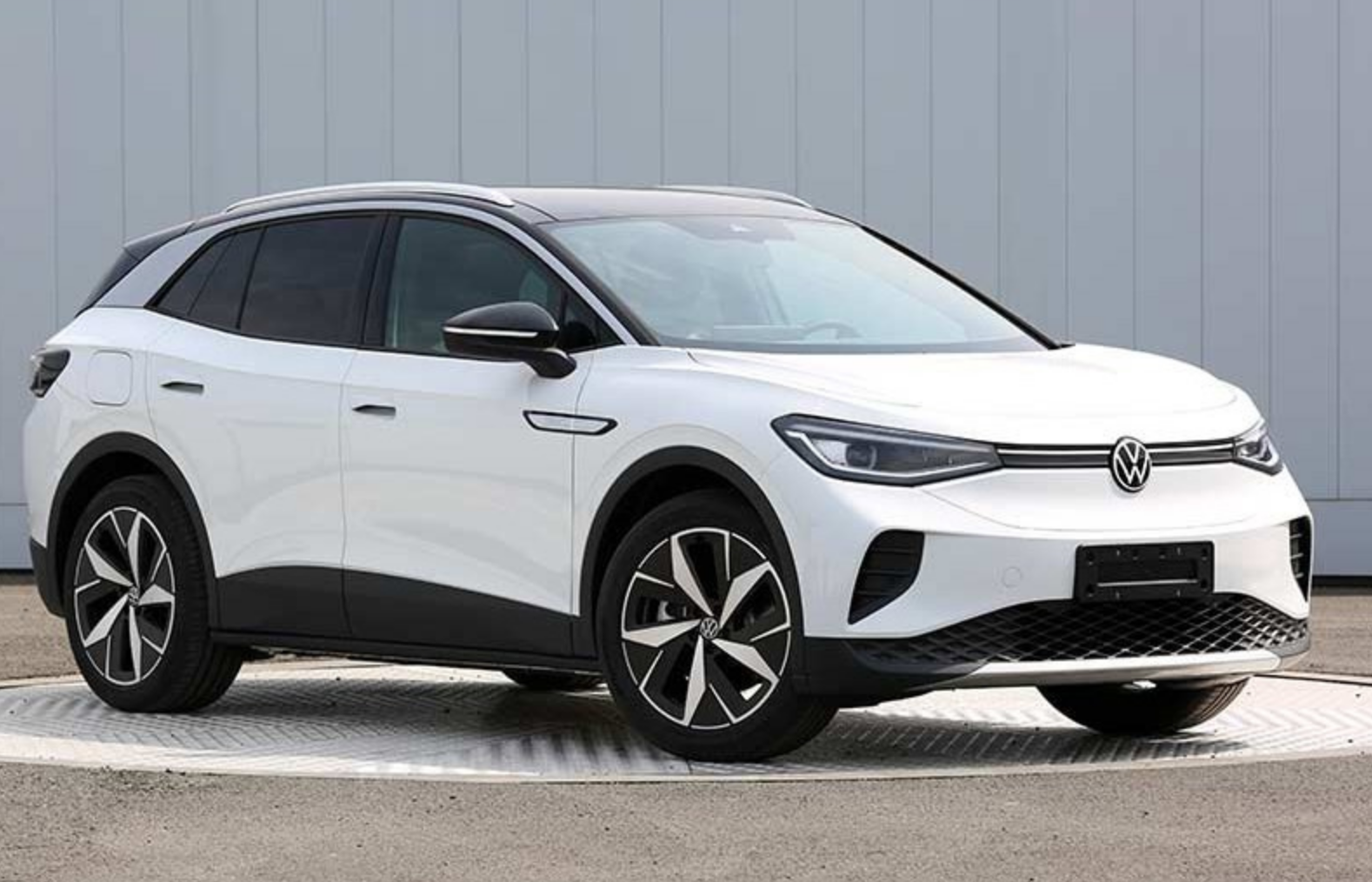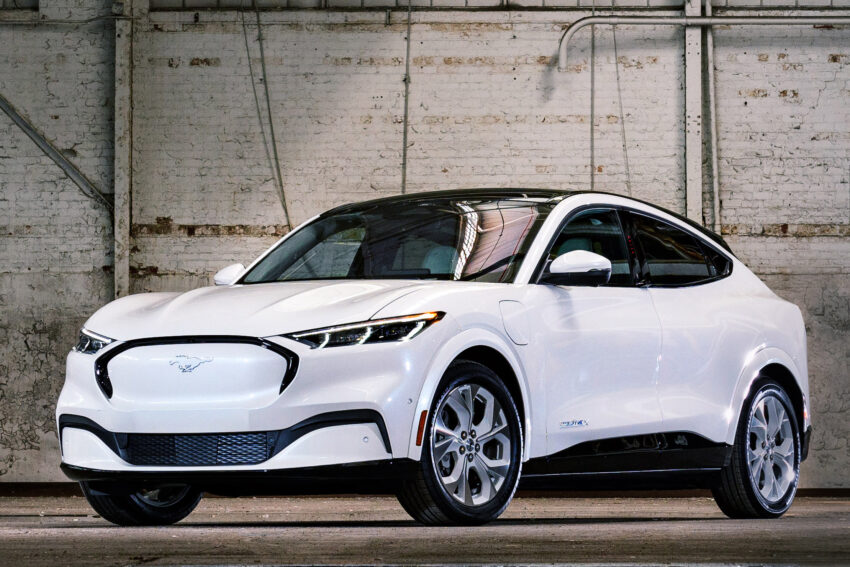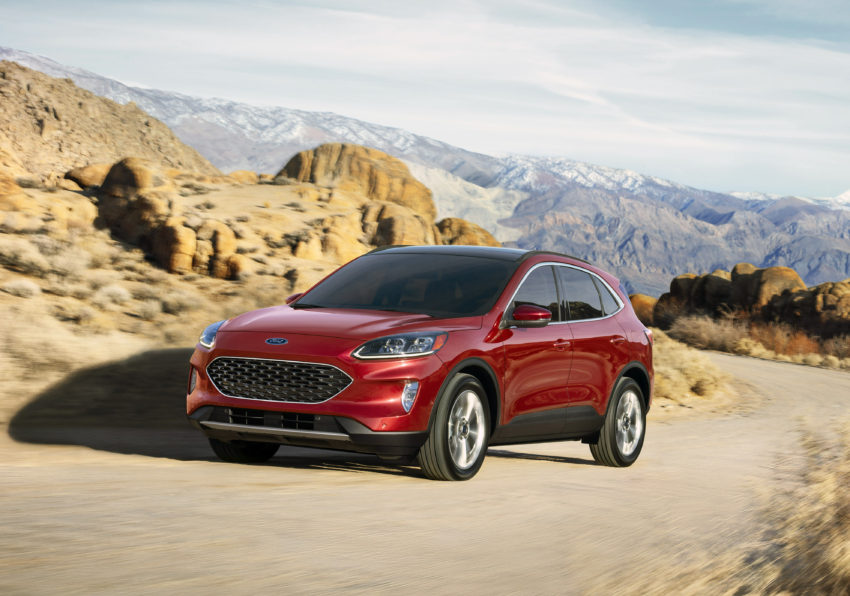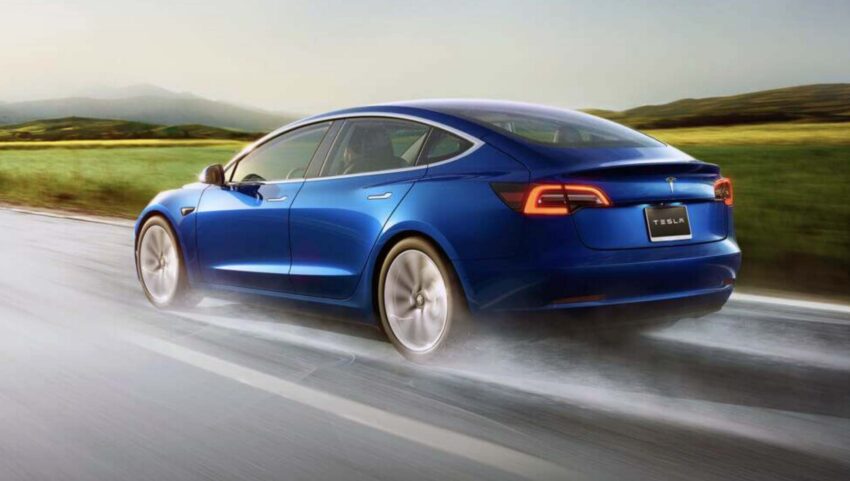
Crossovers Now Get to be Trucks as IRS Rethinks Classifications
A confusing system of identifying electric vehicles as cars or trucks has been simplified in a new IRS ruling that will make more crossovers eligible for the federal clean vehicles tax credit.
After reevaluating its initial decision to classify vehicles as cars or trucks based on the federal CAFE (corporate average fuel economy) rules, the IRS has decided to use the less restrictive EPA Fuel Economy Label definitions – and has made the decision retroactive to Jan. 1.
The decision raises the price cap for eligibility by $25,000 for a group of crossovers once classified as cars. How a vehicle is classified is important for shoppers hoping to take advantage of the tax credit. Only cars with MSRPs of $55,000 or less are eligible while trucks are eligible until their MSRPs surpass $80,000.
The MSRP, along with information about a vehicle’s fuel efficiency and final asembly location, can be founof a new vehivle’s EPA label, also called the window sticker or Monroney label.
Under the price cap original rule, which took effect Jan. 1, some crossovers were classed as cars while others were classed as trucks – even if they were identical vehicles except for weight or whether they were two-wheel or all-wheel drive.
Volkswagen, for instance, found itself with four rear-wheel drive ID.4 electric crossovers classed as cars and subject to a $55,000 price cap, while two ID.4 crossovers – identical except for their all-wheel drive systems – were classed as trucks with an $80,000 price cap.
Now, all six ID.4 trims are classified as trucks with the higher price cap for EV tax credit eligibility.
Cadillac’s first all-electric crossover, the Lyriq, initially had a $55,000 cap because the IRS called it a car; now it is classified as a truck, with an $80,000 cap.
Other clean vehicles previously classed as cars with a $55,000 price cap and now listed as trucks with the higher cap are the Ford Mustang Mach-E, Ford Escape PHEV, Lincoln Corsair PHEV and the Tesla Model Y crossover with a five-seat configuration.




The price caps, though, are just one of several new conditions for tax credit eligibility.
The overriding condition for passenger cars and trucks that are purchased from a dealership is that eligibility requires “final assembly in North America.” The IRS ruled in mid-January that vehicles that are leased aren’t subject to the North American assembly rule because they are considered commercial vehicles.
Whether subject to the final assembly rule or not, vehicles also will have to meet requirements governing the place of origin of their various battery parts once those rules are finalized – which is expected to happen by early spring.
Clean vehicle purchasers also will have to meet buyer income caps – $300,000 annual gross adjusted for joint filers, $150,00 for single filers and $225,000 for head-of-household filers. Those who lease are not subject to the income cap.
The clean vehicle, except for fuel cell vehicles, which are exempt, also must be made by a “qualified” manufacturer – one which has agreed to file regular reports with the IRS.
The IRS maintains an on-line list of qualified manufacturers that includes clean vehicles made in North America and the price caps (car-truck classification) to which they are subject.
